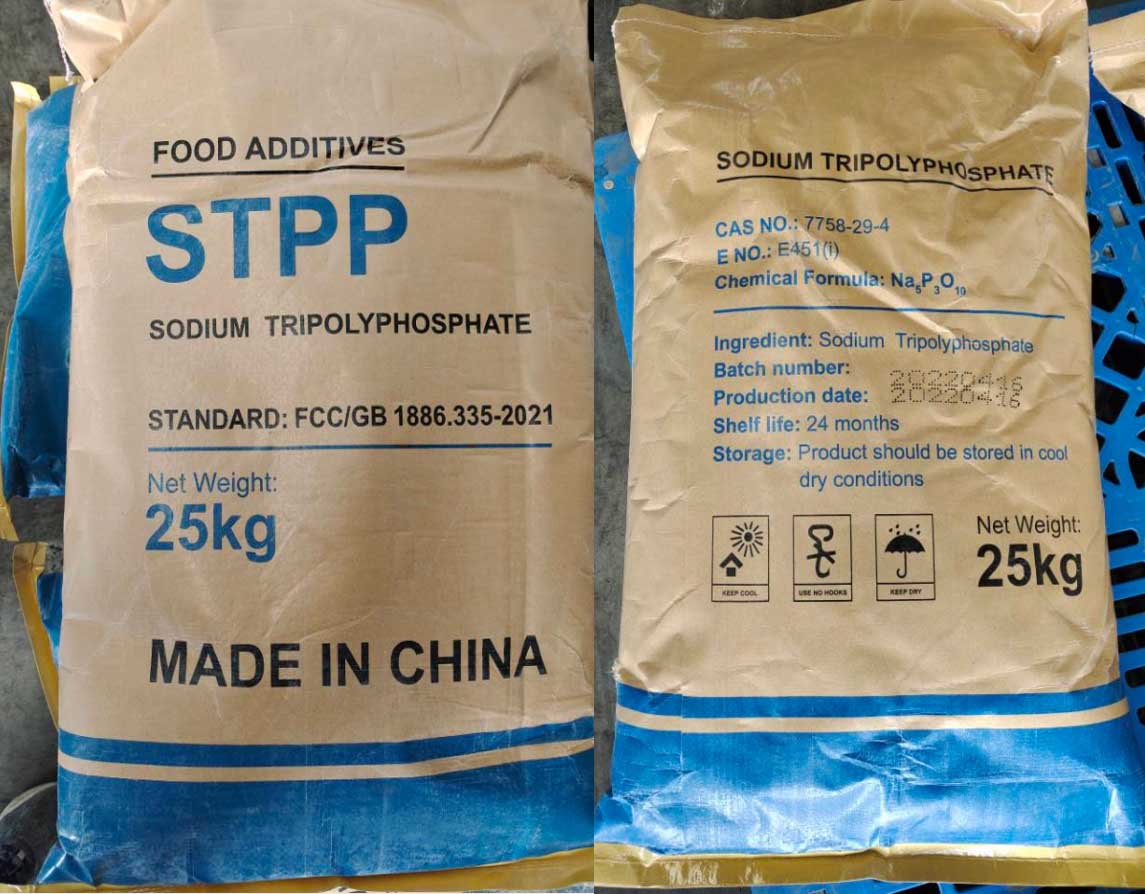

Whether it’s to cut down on the number of calories they consume or any of a variety of other reasons, some people choose sweeteners other than sugar.
Sweeteners such as aspartame, sucralose, and stevia-derived substances, for example, are widely used ingredients in foods and beverages marketed as “sugar-free” or “diet.” Some of the products also are available for use at home for baking or cooking or to sweeten coffee, tea, or other beverages. You may have heard these sweeteners called sugar substitutes.
Some sweeteners are made to be many times sweeter than sugar, so you don’t need to use much. That means sweeteners, unlike sugar, honey, or molasses, add few or no calories to the foods and beverages they flavor. Also, sweeteners generally do not raise blood sugar levels.
How are Sweeteners Regulated?
Sweeteners, like other ingredients added to food in the U.S., must be safe for consumption under the federal Food, Drug and Cosmetic Act.
Companies that want to market a new food additive, or use an already approved one in a different way, must first seek approval from the U.S. Food and Drug Administration. The FDA determines if the ingredient is safe for its intended use based on the latest available science. The agency also establishes an acceptable daily intake (ADI) level. An ADI is the amount of a substance considered safe to consume each day over the course of a person’s lifetime.
Under the law, an ingredient does not have to go through the FDA’s food additive approval process before marketing if the use of the ingredient is “generally recognized as safe” (GRAS) by appropriate qualified experts. The use of an ingredient that is GRAS must meet the same safety standards as an FDA-approved food additive. If a company concludes that the specific use of a sweetener is GRAS, they may submit their information to the FDA through the FDA’s GRAS Notification Program.
Sweeteners Approved as Food Additives
Since the 1970s, the FDA has approved six sweeteners as food additives. These sweeteners are 200 to 20,000 times sweeter than sugar, depending on the product’s makeup.
Aspartame: first approved for use in 1974. Brand names are Equal, Nutrasweet, Sugar Twin.
Acesulfame potassium (Ace-K), first approved for use in 1988. Brand names are Sweet One and Sunnett.
Sucralose, first approved for use in 1998. Brand name is Splenda.
Neotame, first approved for use in 2002. Brand name is Newtame.
Advantame, first approved for use in 2014. Brand name is Advantame.
Saccharin: regulated as a food additive since 1977, although it was first discovered and used in 1879 well before the food additive approval process. Brand names are Sweet and Low, Sweet Twin, Sweet ‘N Low, Necta Sweet.
Important Note About Aspartame
Scientific evidence has continued to support the FDA’s determination that aspartame is safe for the general population when used under the approved conditions of use.
However, people with a rare genetic disorder called phenylketonuria (PKU) should avoid or restrict aspartame. It contains an amino acid called phenylalanine, which can build up in people with PKU because their bodies have a hard time processing it. Newborns are routinely tested for PKU using a “heel-prick” test before they leave the hospital.
Foods containing aspartame must include a statement to inform people with PKU that the product contains phenylalanine.
For more information, please see, Aspartame and Other Sweeteners in Food.
Plant- and Fruit-based Sweeteners
In addition to the six sweeteners approved as food additives, uses of three sweeteners are generally recognized as safe. They are made from plants or fruits and, like the approved food additives, are many times sweeter than sugar. They are:
Certain steviol glycosides (purified extracts) from the stevia plant. Brand names are Truvia®, PureVia®, Enliten®.
Extracts from monk fruit (also known as Swingle fruit or Luo Han Guo). Brand names are Nectresse®, Monk Fruit in the Raw®, PureLo®.
Thaumatin, proteins isolated from the West African Katemfe fruit. Brand name is Talin®.
Sugar Alcohols
Sugar alcohols are another type of sweetener. Sugar alcohols are as sweet, or less sweet, than sugar and are slightly lower in calories.
Sugar alcohols are carbohydrates that are like sugar and alcohol (not the type of alcohol found in alcoholic beverages). Sugar alcohols do not promote tooth decay or cause a sudden increase in blood glucose. They are used primarily in sugar-free candies, cookies, and chewing gums.
Examples include sorbitol, xylitol, lactitol, mannitol, erythritol, and maltitol.
Sugars That Are Metabolized Differently Than Traditional Sugars
Other ingredients you may find on the food label are sugars that are metabolized differently than traditional sugars like sucrose.
While these sugars meet the chemical definition of a sugar, they are used by the body (metabolized) differently than traditional sugars. D-allulose (also referred to as D-psicose), D-tagatose, and isomaltulose are generally recognized as safe.
What Else Should I Know About Sweeteners?
While these sweeteners are considered safe for their intended uses, some people may have a particular sensitivity or adverse reaction to any food substance. Talk with your health care professional if you are concerned about a negative food reaction.
In addition, the FDA encourages people to report any adverse events through MedWatch, the FDA’s safety information and adverse event reporting program.




